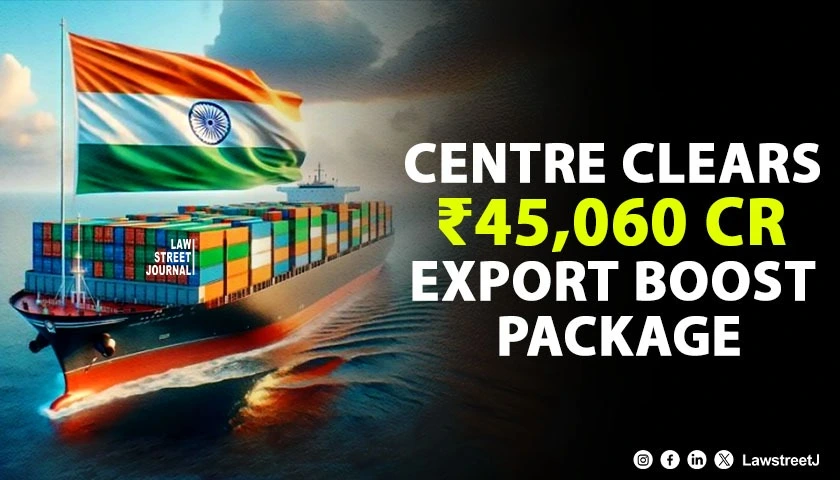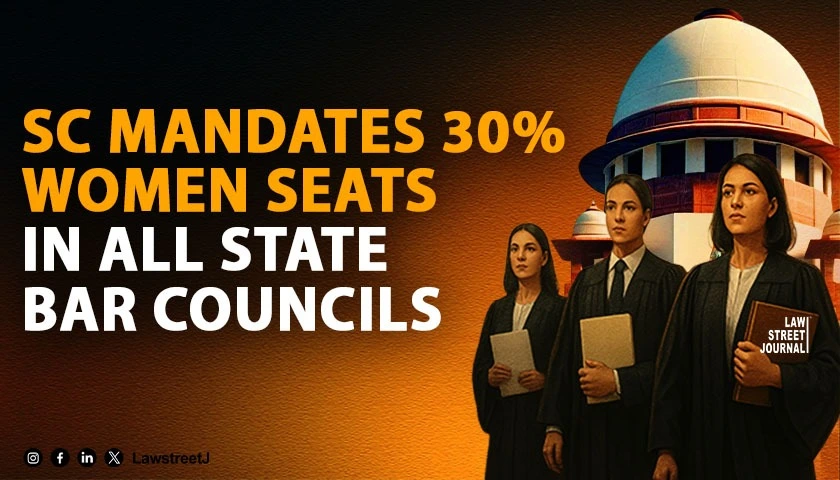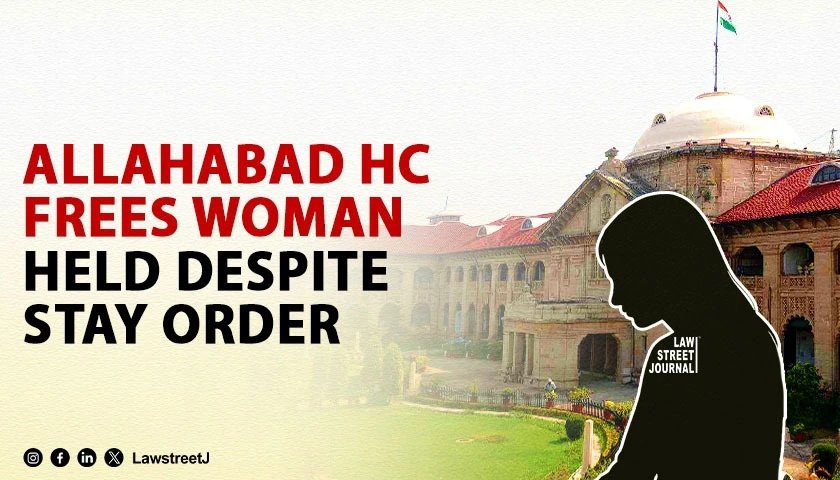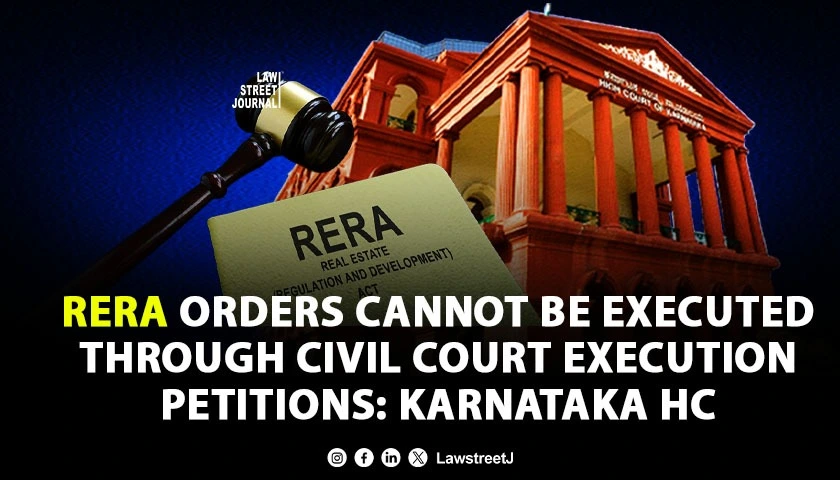New Delhi: The Union Cabinet on November 12, 2025, approved two major schemes amounting to a combined allocation of ₹45,060 crore aimed at strengthening India’s export ecosystem. The measures include the Export Promotion Mission (EPM), allotted ₹25,060 crore, and the Credit Guarantee Scheme for Exporters (CGSE), backed by a ₹20,000 crore corpus. Both initiatives fall under the broader strategy to expand India’s export capacity and improve the operational environment for micro, small and medium enterprises (MSMEs) involved in international trade. The package has been cleared at a time when exporters are dealing with fluctuating global demand, tariff-related pressures, and supply chain disruptions. The government has stated that the new schemes align with the Foreign Trade Policy 2023 and are intended to reinforce India’s long-term export targets.
Export Promotion Mission: Structure, Administrative Control, and Legal Mandate
The Export Promotion Mission was first introduced in the Union Budget 2025–26 and has now received formal approval for rollout. The scheme will be implemented by the Ministry of Commerce and Industry over a six-year duration, beginning in FY 2025–26 and continuing through FY 2030–31.
The EPM creates a consolidated mechanism to replace multiple segmented export-related programmes that previously functioned under separate administrative channels. According to the Cabinet decision, merging these activities into one coordinated system is intended to address procedural delays and reduce the number of compliance interfaces for exporters.
The mission will operate through a digital platform designed to manage documentation, monitor incentives, and track performance indicators in real time. Authorities have stated that the digital workflow will standardise processes across departments and bring uniformity to scheme administration. The programme’s primary target groups include MSMEs, newly registered exporters, and labour-intensive manufacturing units that contribute significantly to India’s export basket. These focus areas correspond with sectoral priorities identified under the Foreign Trade Policy 2023.
The legal foundation for the mission is based on the Foreign Trade (Development and Regulation) Act, 1992. Oversight will be carried out by an inter-ministerial committee headed by the Commerce Secretary, responsible for setting operational guidelines, reviewing implementation, and ensuring adherence to statutory requirements. The government has noted that this structure enables the scheme to adapt to international developments and regulatory shifts affecting global trade.
Credit Guarantee Scheme for Exporters
The Cabinet has also approved the Credit Guarantee Scheme for Exporters with a dedicated allocation of ₹20,000 crore. The scheme provides 100 percent guarantee coverage to banks and financial institutions extending credit to eligible export-oriented firms. The objective is to expand access to working capital, particularly for MSMEs that face collateral-related limitations.
The guarantee structure allows lenders to offer credit without requiring physical collateral, thereby lowering entry barriers for smaller participants in export markets. The Export Credit Guarantee Corporation of India (ECGC), a statutory body under the Ministry of Commerce, will serve as the implementing agency, administering guarantee issuance in coordination with the Department of Financial Services. Both scheduled commercial banks and select non-banking financial companies will be eligible to participate as lending institutions under the framework.
All guarantees will be issued in accordance with the rules of the Credit Guarantee Fund Trust for Micro and Small Enterprises (CGTMSE), ensuring consistency with Reserve Bank of India (RBI) regulations, including those governing priority-sector lending. Officials have indicated that the scheme provides risk-absorption support at a time when exporters are encountering higher tariff barriers in several markets, including the United States. The CGSE is expected to reinforce credit flows to export-oriented industries and stabilise financing patterns during periods of global economic volatility.
Industry organisations such as the Confederation of Indian Industry (CII) and the Federation of Indian Export Organisations (FIEO) have welcomed the decision, noting that the schemes address gaps in access to finance, regulatory processes, and export-promotion infrastructure. CII’s National Committee on Exports, chaired by Sanjay Budhia, observed that the initiatives are positioned to support MSMEs, which constitute a substantial share of India’s exporter base. Stakeholders have also highlighted the need for clarity on eligibility norms, fund-disbursement procedures, and the monitoring structure governing scheme usage. Exporters have emphasised the importance of timely implementation and transparent guidelines to ensure the intended outcomes.
WTO Compliance and Legal Alignment
From a legal compliance perspective, the new schemes reflect India’s transition to World Trade Organization–compliant incentive models. The government previously discontinued the Merchandise Exports from India Scheme (MEIS) following international scrutiny and replaced it with the Remission of Duties and Taxes on Exported Products (RoDTEP) mechanism.
The newly approved EPM and CGSE have been structured to avoid forms of direct subsidisation that could fall under restrictions imposed by the WTO Agreement on Subsidies and Countervailing Measures. The Cabinet’s decision also aligns with the broader Atmanirbhar Bharat framework, which aims to integrate export promotion with domestic manufacturing growth.
The legal and operational architecture of the schemes is expected to undergo regular evaluation through stakeholder reviews and inter-ministerial assessments as implementation progresses.



![Supreme Court Upholds Relief to Telecom Companies on AGR Amidst Covid-19 [Read Order]](/secure/uploads/2023/09/lj_5865_Telecom_companies_Adjusted_Gross_Revenue.jpg)






